The setup is a DC motor directly connected via its shaft to a drum which drives a horizontal conveyor belt. There is a load of mass, M, on the conveyor belt. I am stuck on trying to figure out what 'D' in the equation below means.
Title: Pulley, Conveyor Belt & Load system
Description: Load-Inertia to the motor consists of pulley (of radius r) and mass of load (M) on conveyor belt. The load-torque, to be delivered by the motor is given as:
where,
M is the mass of load on the conveyor belt.
r is the drum radius
ω = angular velocity
But i don't know what D means and i cannot figure out how that equation was derived in the first place. Any help would be much appreciated.
